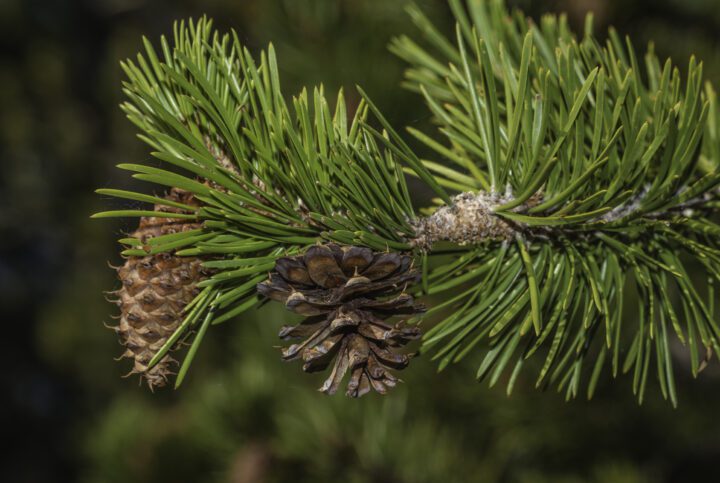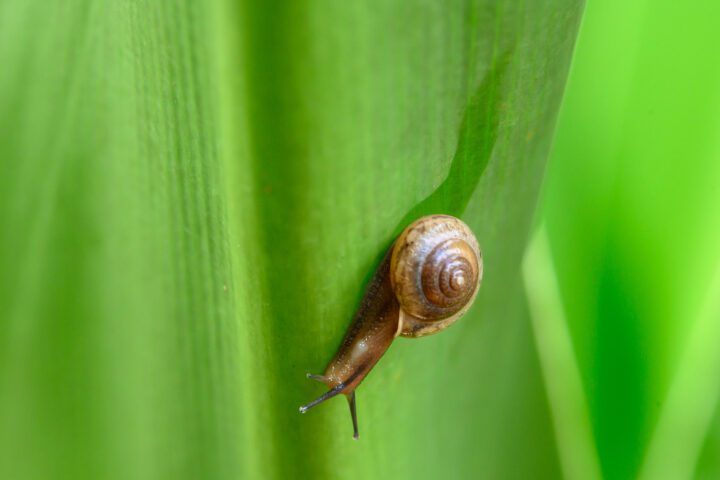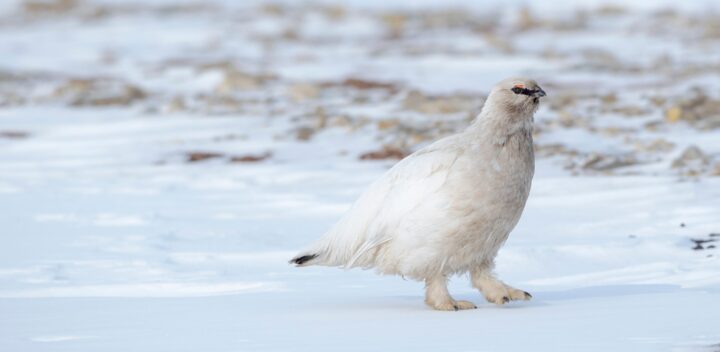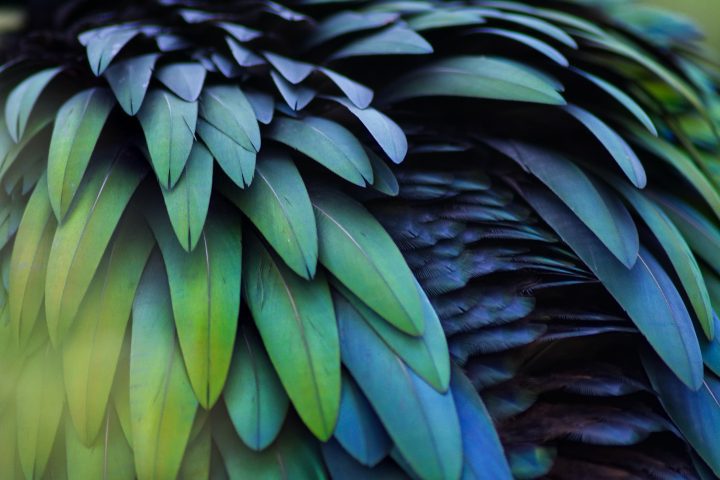Taller bumps compensate for loss of friction due to polar bears' relatively smaller paw pads.
Introduction
While they are the biggest bears alive, polar bears have relatively smaller paw pads than their ursine cousins. Presumably, that’s to decrease the amount of their skin that comes in contact with the frozen ground while they walk or stand. There’s just one problem: less skin gripping the ground should mean a greater chance of slipping and sliding, wasting energy while walking, and losing precious fractions of a second when lunging to make an attack.
The Strategy
Polar bears avoid these dangers with a relatively simple solution: the microscopic bumps (papillae) on their paw pads are 1.5 times taller than those on other bear species. That gives them about 1.3 times more true surface area, when you factor in all those undulations. That increase in surface area increases friction to 1.3–1.5 times the amount for other species.
The Potential
The research that revealed these details about polar bear paws was driven by the search for a natural model to follow to increase the grip of tires in icy and snowy conditions. The details of the papillae may help there, or in the design of all kinds of better-gripping surfaces, such as in roadways and pedestrian walkway design, flooring (especially for healthcare facilities and homes for seniors), or recreational uses like rock-climbing gear. They show as well how physical design could reduce the need for toxic chemicals used as adhesives.





